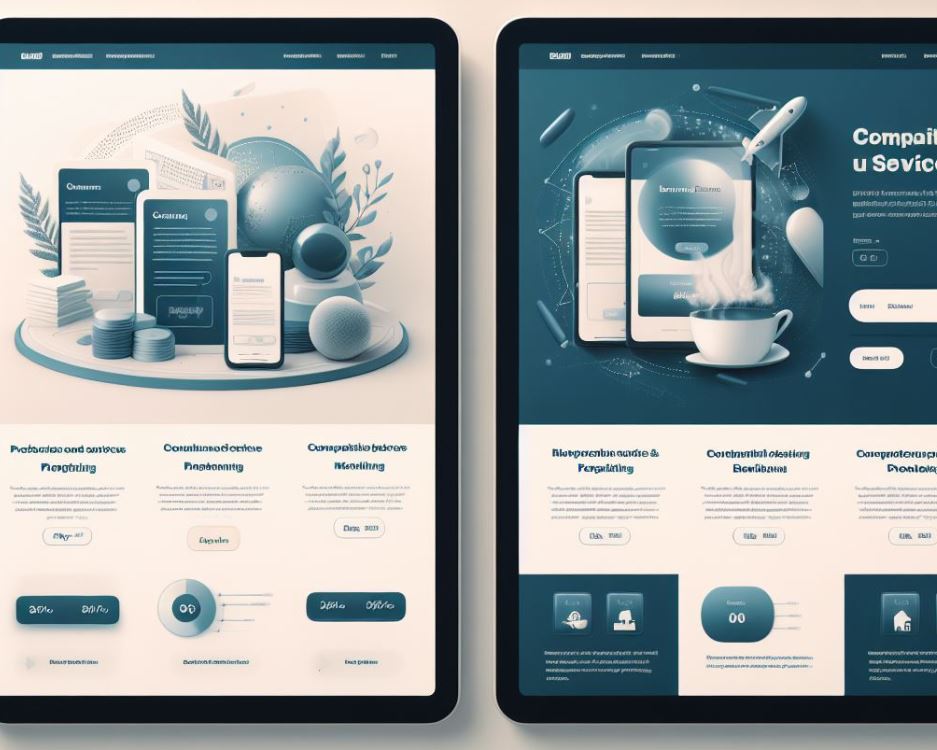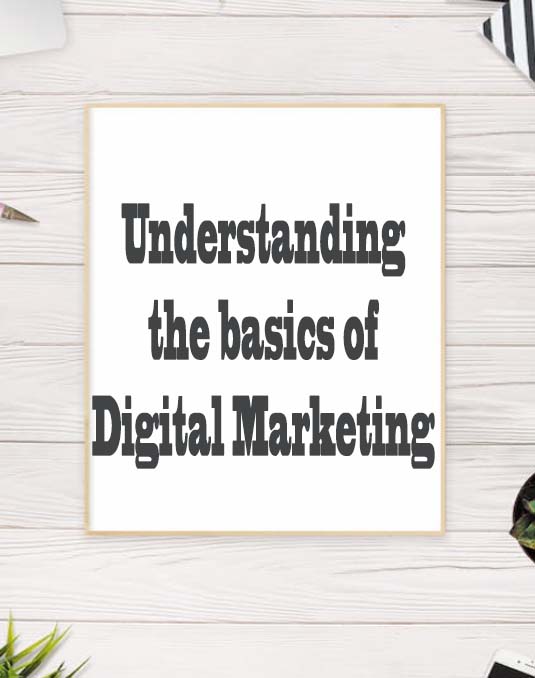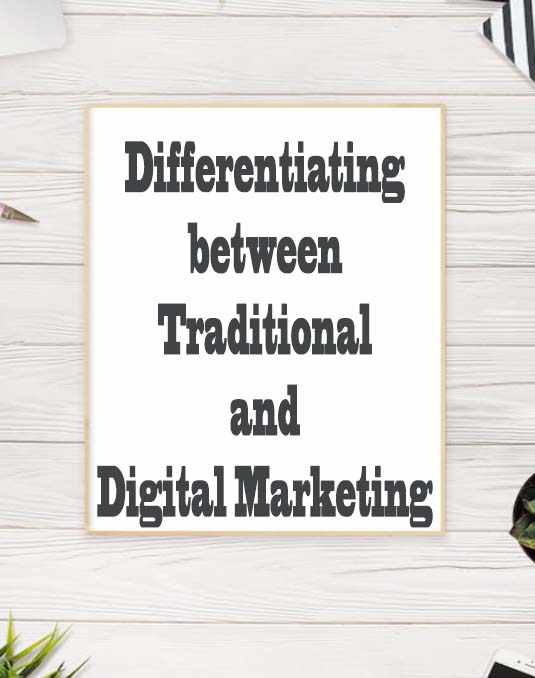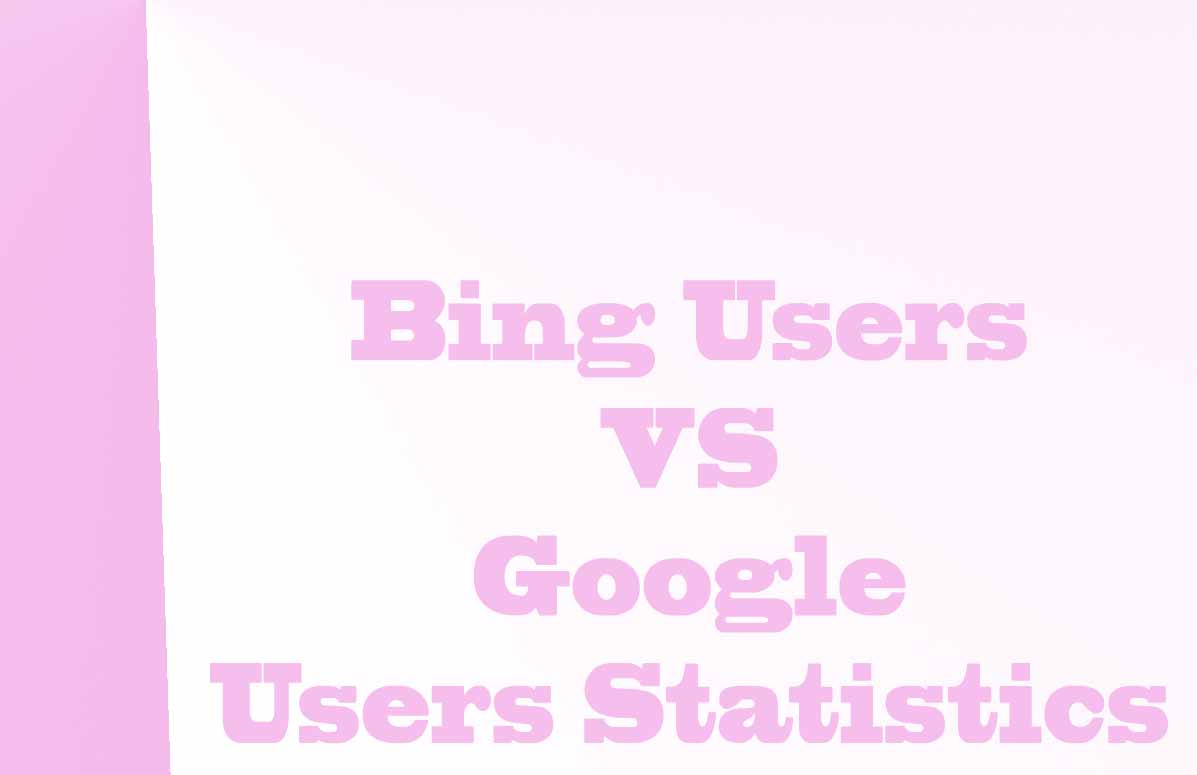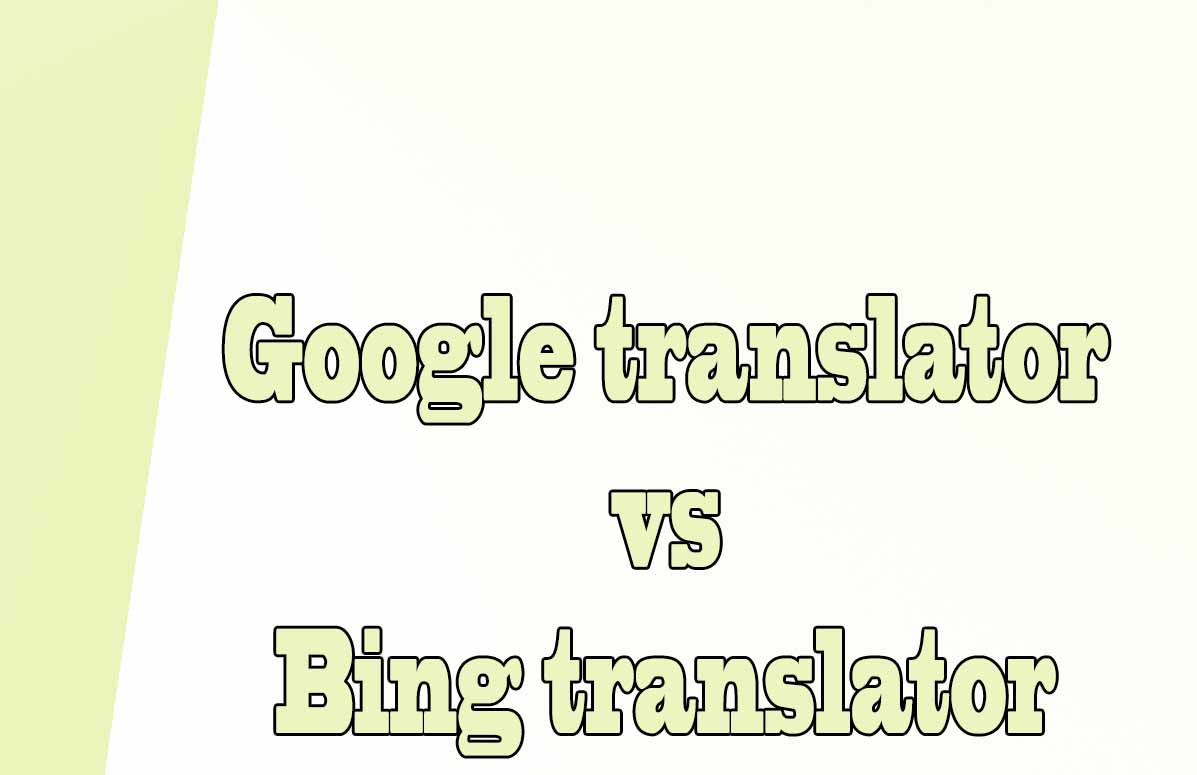
Google translator vs Bing translator: Intro
In today's globalized world, language barriers can be a significant hindrance to communication, understanding, and collaboration.
Fortunately, technology has made it easier to overcome these barriers through the use of online translation tools. Two of the most widely used translation tools are Google Translator and Bing Translator.
This article will compare and contrast these two tools based on three key factors: accuracy of translations, user experience and features, and availability and accessibility.
Most critical factors in translation tools
One of the most critical factors in translation tools is the accuracy of the translations.
Both Google and Bing translators use sophisticated algorithms to translate text from one language to another.
However, there are still significant differences in the accuracy of translations between these two tools.
- Google Translator is known for its ability to translate complex sentences more accurately than Bing Translator.
On the other hand, Bing Translator is better at translating idiomatic expressions and colloquial language. - Despite their strengths, both translators are prone to mistranslations and errors.
Google Translator may misinterpret the context of a sentence, leading to an incorrect translation.
Similarly, Bing Translator may fail to recognize the nuances of a language, resulting in a mistranslation.
Such errors can significantly affect the usefulness of translations, especially in professional or academic settings.
User experience and features of a translation tool
The user experience and features of a translation tool also play a crucial role in its effectiveness:
- Google and Bing translators have different user interfaces and features that cater to different user needs.
Google Translator, for instance, has a simple and intuitive interface that is easy to use. It also has additional features such as text-to-speech, pronunciation, and language detection, which make it a more comprehensive tool. - On the other hand, Bing Translator has a more complex interface that may be overwhelming for some users.
However, it has additional features such as the ability to translate entire web pages, which make it more versatile than Google Translator. Ultimately, the choice of translator depends on the user's needs and preferences.
Availability and accessibility of a translation tool
The availability and accessibility of a translation tool can significantly affect its effectiveness.
- Google Translator is available in more languages and countries than Bing Translator, making it a more accessible tool. This availability is due to Google's extensive resources and investment in language technology.
- Bing Translator is catching up and is now available in over 60 languages, making it a viable option for many users.
Furthermore, the availability of a translation tool is not limited to its language coverage.
The tool's accessibility, such as its compatibility with different devices and platforms, also plays a crucial role.
Both Google and Bing translators are available on multiple platforms, including web browsers, mobile apps, and desktop applications. This accessibility makes them more convenient for users who need to translate text on the go.
Conclusion
Google Translator and Bing Translator are powerful tools that can help users overcome language barriers.
However, they have different strengths and weaknesses that make them suitable for different situations.
Users should consider factors such as accuracy, user experience, and availability when choosing a translation tool.
Ultimately, the effectiveness of a translation tool depends on how well it meets the user's needs and expectations.
Tips on SEO and Online Business
Next Articles
Previous Articles
